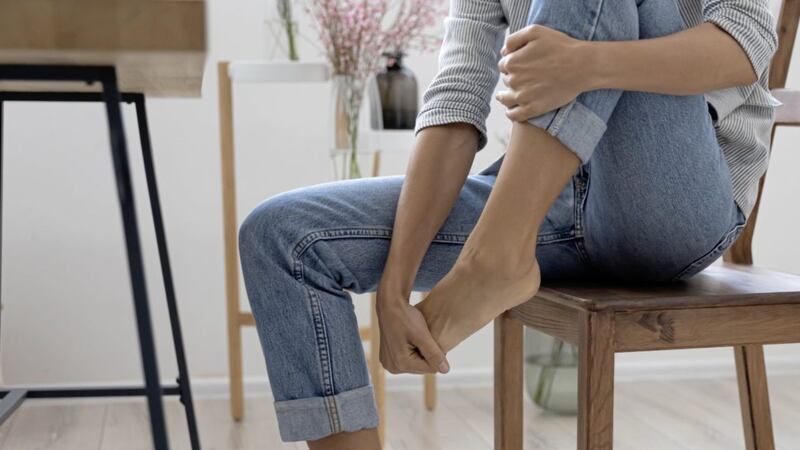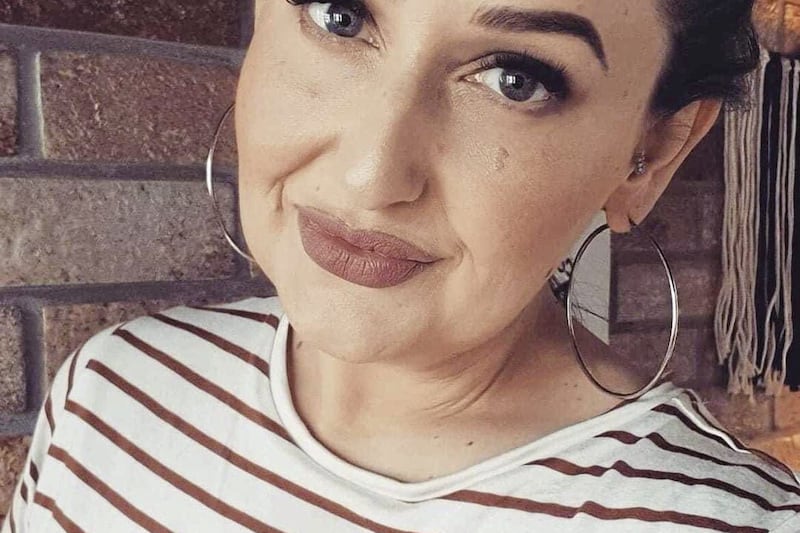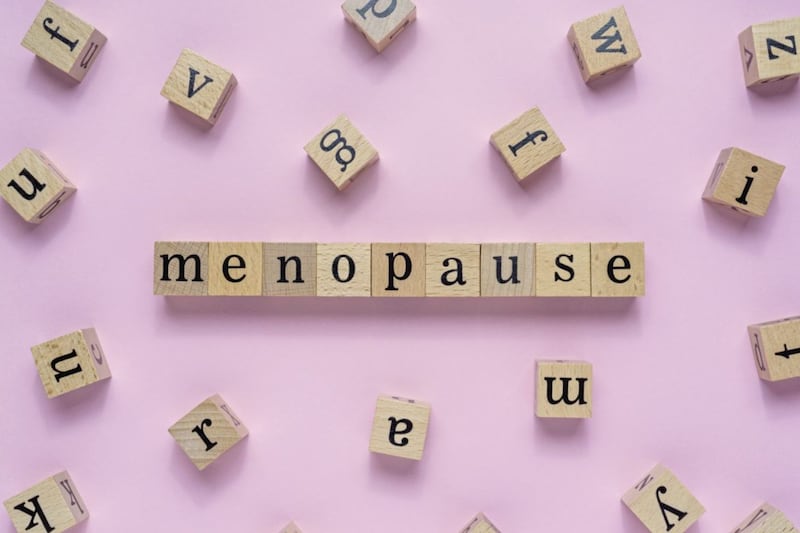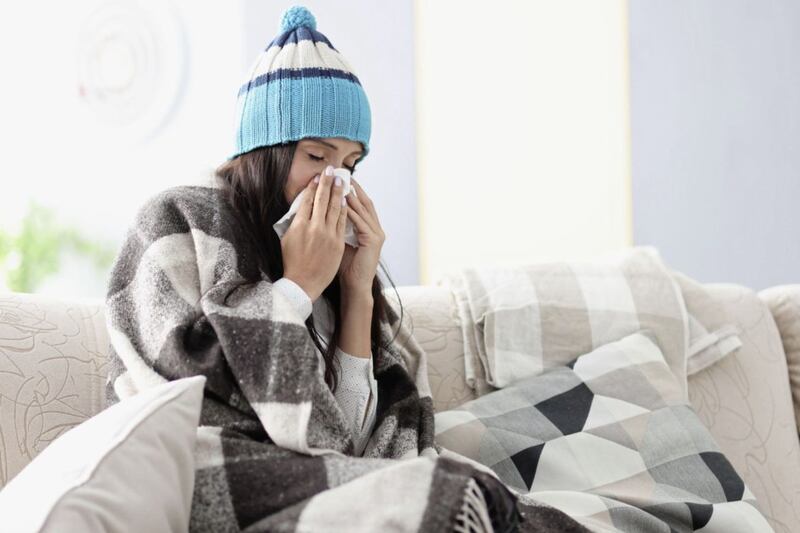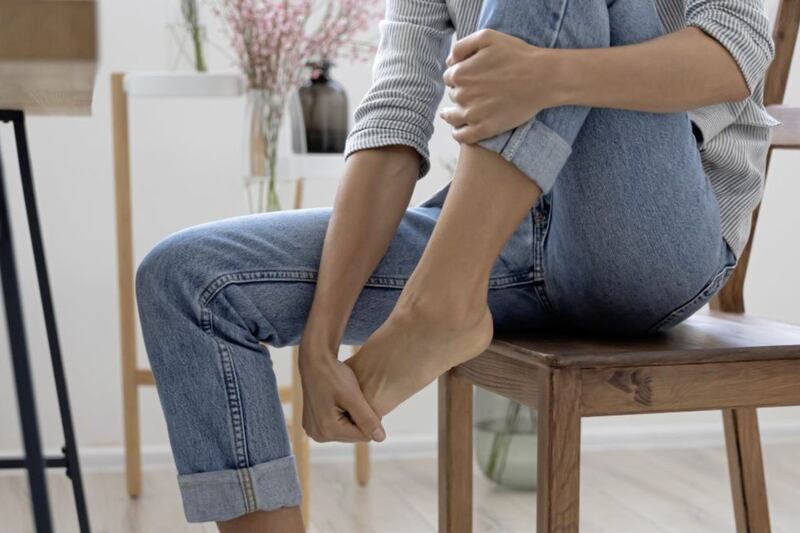Q: MY granddaughter, aged 13, has had verrucas on both feet for years - one has even formed a mosaic-like cluster on one big toe, despite us trying treatments such as Bazuka. We don't know what to do.
NA
A: Most people will be affected by warts at some point - and getting rid of them can be challenging. Warts (which are termed verrucas when on the feet) are caused by the skin being infected with one or more members of the human papillomavirus (HPV) family, of which there are more than 200 types.
The virus infects the top layer of the skin - usually entering through a tiny scratch - where it triggers a rapid growth of skin cells, forming a harmless lump.
Treatments usually physically destroy or remove the verruca, or stimulate the immune system to eradicate it. However, despite warts being a source of discomfort, many doctors view them as a cosmetic problem and, as a result of recent policy changes, most GPs no longer offer treatment for them. You will require a referral to a skin specialist or a private consultation for any treatments I discuss.
The good news is that, in two-thirds of cases, verrucas disappear over time. Although your granddaughter's progress has been slow, it is most likely that the warts will go away of their own accord. But if treatment is required, there are several options. These can take months to work, so patience and persistence are vital.
Your granddaughter has tried applying salicylic acid (available in over-the-counter products, including Bazuka), which is thought to exfoliate the skin and destroy the wart. My suggestion is that she retry this, using extra-strength salicylic acid gel (26 per cent) daily for three months.
Another possibility is cryotherapy, where the wart is frozen off with liquid nitrogen. It is uncomfortable, but is usually effective when repeated every two or three weeks for up to six treatments.
You could also try topical immunotherapy, which is particularly useful when treating a widespread area of warts, which your granddaughter has.
A dermatologist paints a patch of skin on the arm with a chemical called dinitrochlorobenzene, which irritates it. This activates the immune system and primes it to attack the substance next time it is detected on the skin.
Two weeks later, the chemical is applied to the warts, with the hope that this will trigger a rapid immune response, destroying the tissue within weeks. This appears to have good success rates, though it can have side-effects such as redness, itching and blistering.
I must also mention duct tape. Despite some disagreement over the effectiveness of this DIY solution, one study did find it to be more effective than cryotherapy.
Cut the tape to fit the wart, stick it on and leave it for six days. Remove the tape and wash and dry the area. Then file away the dead skin using a pumice stone. Repeat the painless process until the wart disappears.
In your longer letter you mention two treatments recommended by a chiropodist: Verrutop (a nitric acid solution) and Plasma Pen (which heats the wart). I have no experience with either of these methods and, because there has been no improvement in her case, I would suggest that your granddaughter seeks help from a dermatologist instead.
© Daily Mail
